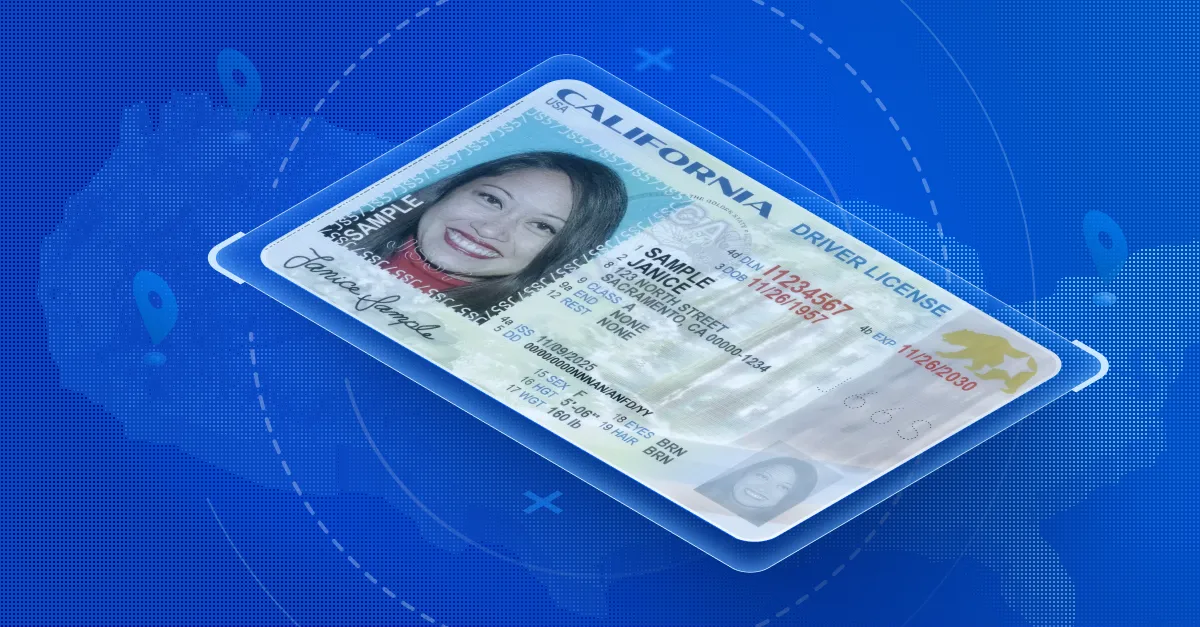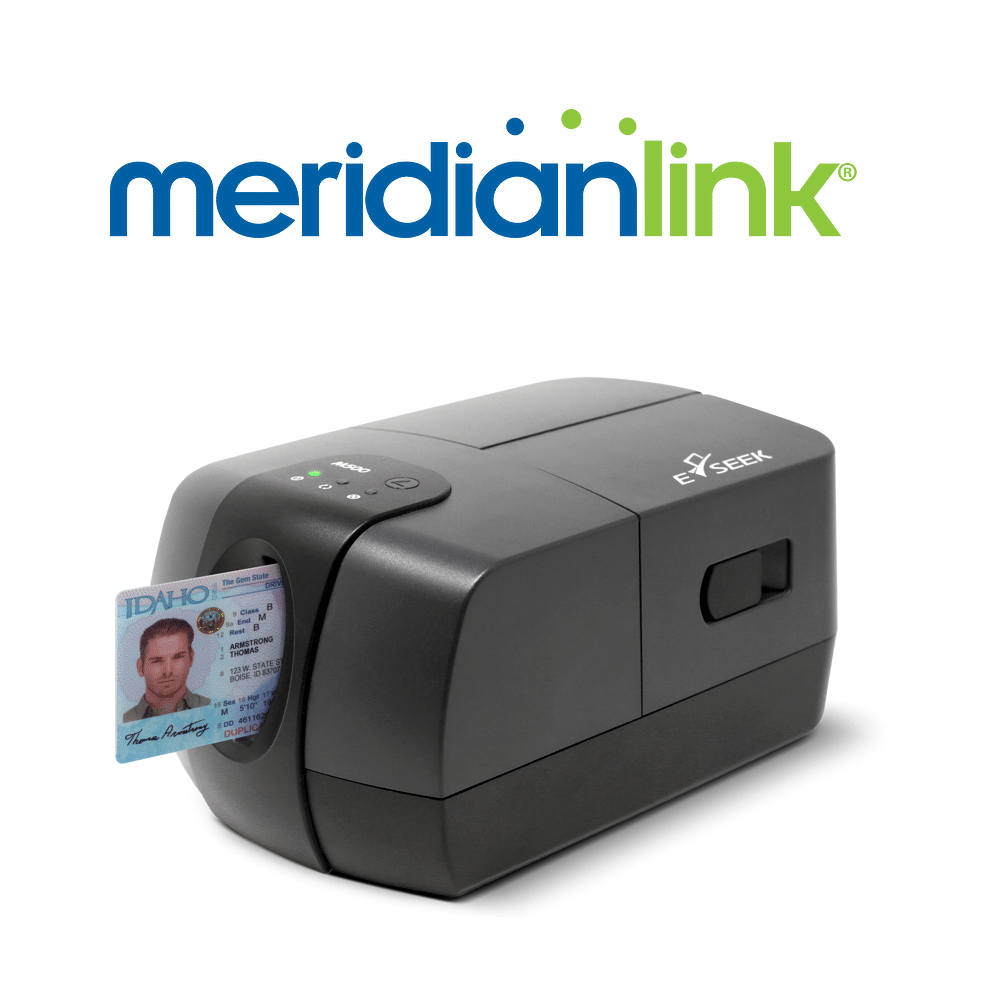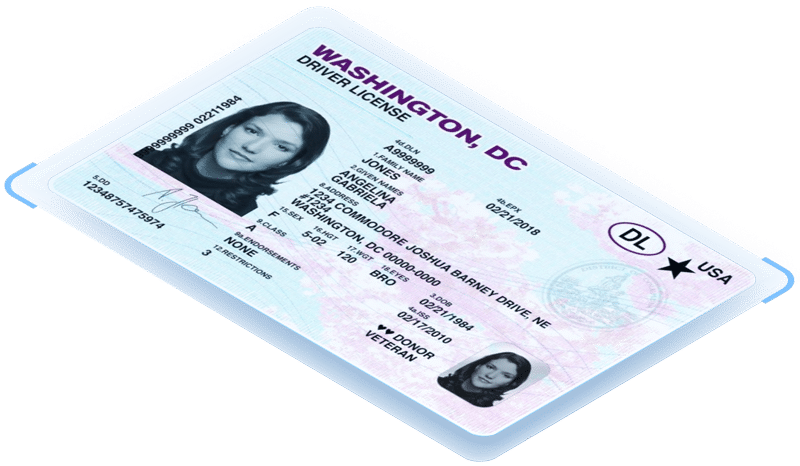Assessing facial recognition accuracy
Facial recognition technology has been around for more than 50 years. As the years have gone by, the technology has improved and taken on different uses. But how accurate is facial recognition? The short answer is: the facial recognition algorithm gets better every second, but there is a lot more to it than that.
What is facial recognition?
Facial recognition is when technology recognizes a human face. The facial recognition engine works by using neural networks which can find, recognize and distinguish faces. It analyzes each image to gather distinguishing biometric features such as a person’s nose, chin, eye socket curves and hard tissue.
How does facial recognition work?
Understanding how facial recognition works will help you to better understand how accurate facial recognition really is. The technology starts off by first identifying that there is a face. This is very important because normally there are other objects in frame, the technology must be aware of which one is a face before the facial recognition algorithm can properly do its job.
Next, the facial recognition engine begins to detect the features of the face it is reading. This is the most intriguing part for most. While a big defining feature it looks for is the eyes, the engine also takes into account 68 other points on a person’s face. It determines the uniqueness of these features by measuring these reference points against one another. The facial recognition engine captures the face many times per second and creates a composite model. This process, called “normalization,” combines images from multiple angles to eliminate shadows and other artifacts to better recognize the face.
It then goes on to extract these features and compiles all of the distinguishing factors it has collected. This is then used to compare against other faces to determine if they are the same person or not. This will then verify against the other well-known faces in the database to complete the process.
Facial recognition accuracy
Now that you understand the basics of the facial recognition process, you can begin to see how thorough the facial recognition algorithm is. It is unlike a person, just going off of what they visually see. The technology not only has it down to a science but there are also many checks that come into play to ensure that the information is as accurate as possible.
Facial recognition is pretty accurate, 99.97% accurate to be exact. And as stated before, the facial recognition algorithm only gets better as it compiles a larger list of faces to compare others against. The false fail rates tend to be low, less than one percent and are being worked on daily.
What can affect accuracy?
While facial recognition technology can be pretty accurate, there are some factors that can affect its accuracy.
Aging can affect facial recognition. Major changes in skin texture can change how light reflects off of the skin, making it appear differently to the technology. Other changes such as wrinkles and face shape changes can affect facial recognition accuracy.
Facial Expression can also factor into its accuracy. Your neural network changes with each expression you make. The cool thing about that is some facial recognition technologies are smart enough to be able to recognize facial expressions and translate that to your mood. On the other hand, if you are simply trying to compare one face to another, it can throw off the system entirely. A person’s facial expression changes how light reflects as well as the differentiating factors on a person’s face.
Plastic Surgery aims to alter a person’s appearance, which in turn affects facial recognition technology. Plastic surgery often changes the points on a person’s face and will make it appear to the software that the face being shown is not the same one that it has seen before.
Occlusion is when there is something obstructing a person’s face such as a face mask or sunglasses. Since the pandemic, this has improved but occlusion can still affect how the technology reads a person’s face.
Low Resolution can also impact facial recognition accuracy. If the camera is not clear enough the software will have a harder time identifying the person’s differentiating factors.
While all of the things listed can affect facial recognition accuracy, these are often not a problem for most businesses that use the technology.
FAQ:
While the most common use case is to unlock your iPhone, there are many uses for facial recognition. Its most notable and common use today is to verify the face presented is the same as the one on an ID.
Facial recognition technology was first used in law enforcement to help identify suspects.
No. The technology is highly accurate and will not have issues comparing faces in any normal conditions. The algorithm is constantly learning every time the engine sees a face and updates roll out regularly to improve that algorithm.
How accurate is facial recognition?
Facial recognition and face match are up to 95% accurate. However, external factors such as lighting and camera quality can significantly impact the outcome of facial recognition results.





